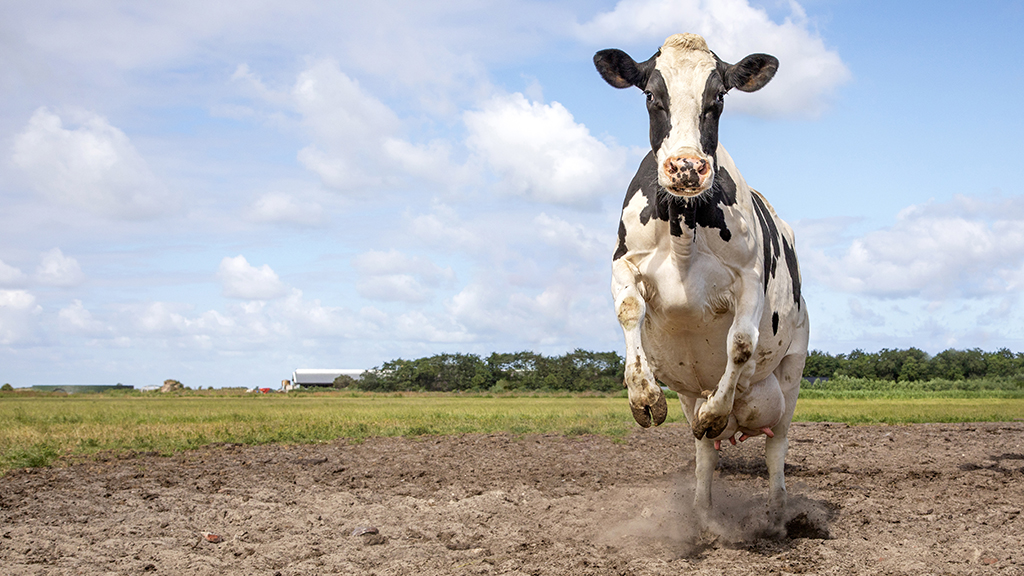Abstract
This interrupted case study looks at heat stress through the eyes of “Nelly,” a chatty, country Holstein. Although focusing on dairy cattle, the case can be used to teach the physiology of body temperature regulation in any number of homeothermic animals and the added challenges posed by larger body sizes and increasing environmental temperatures. Such challenges typically affect livestock, wildlife and even zoo animals. The physiological concepts discussed are thus related to difficulties faced by larger animals in hotter climates and include homeostasis of body temperature and feedback mechanisms that regulate body temperature. The case also explores the potential benefits of exercise as a means to improve thermoregulation, and describes the physiological changes that occur in response to exercise, ultimately tying physiological concepts back to specific mechanisms of homeostasis of body temperature. The case is ideally suited to students in intermediate physiology or biology courses who have completed at least a general biology or similar course in the recent past.



